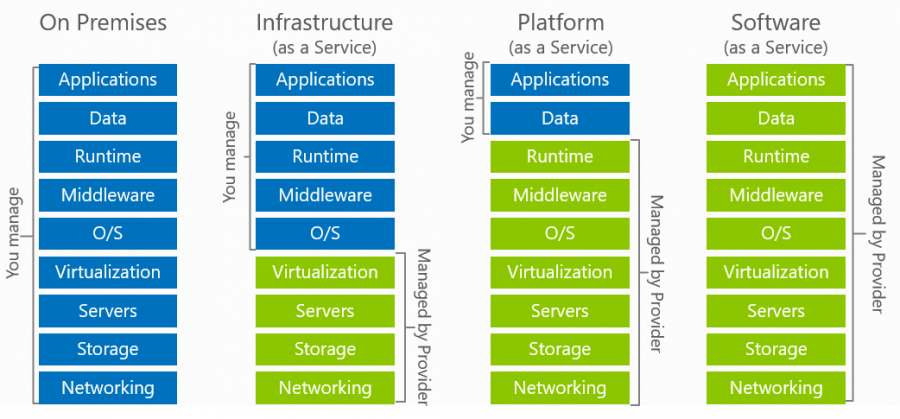Back to Basics: What is the Cloud?
By now, you have likely heard a lot of talk about the cloud, and different solutions that exist in it. The cloud computing industry is growing rapidly: worldwide cloud service spend is projected to reach $14 billion by 2019, up from $70 billion in 2015. That’s more than double in just 4 years. In fact, in 2015 alone, the cloud market grew by 28% worldwide. So, what exactly is the cloud and what implication do these growth statistics have?
Firstly, it is important to note that the cloud is not tangible, and therefore can be difficult for people to comprehend. The cloud is essentially servers in a data center with the purpose of storing information and delivering different types of service. In terms of public cloud, these data centers are off company premises and thus organizations are not responsible for any management of the servers.
There are a few different flavours of cloud offerings:
1. Software-as-a-service, or SaaS
A subscription/license to a software service over the Internet, often in a “pay as you go” model. Examples include the CRM system Salesforce and online productivity services such as Google Apps (G Suite).
2. Platform-as-a-service or PaaS
A set of services used to make web application creation easy, delivered over the Internet. Examples include Amazon S3 or Relational Database Service (RDS) and Azure App Service and Storage.
3. Infrastructure-as-a-service or IaaS
The hardware and software that delivers all these services, networks and systems on-demand. It is important to note that this does not work on its own – it is productive only with the other components that need it as an outsourced service. IaaS can be publicly or privately obtained. An example is Amazon EC2.
The line between these 3 types of cloud services is becoming increasingly blurred with the rise of all-encompassing cloud computing platforms such as Microsoft Azure and Amazon AWS.
So, why is it that so many organizations are now moving to the cloud? One of the most common reasons is financial. Rather than organizations having to purchase all their own equipment to run programs, the cloud ensures they only pay for what they need and use, with quick adjustments when needed. This can save a surprising number of annual funds. Additionally, the flexibility of the cloud is a huge advantage, as it allows for rapid resource access for everyone through the Internet. If a certain service is needed, it can be obtained easily in the cloud; the same goes for getting rid of an unwanted application.
There are your cloud basics – get to know them well to keep up with the growth of this industry!
Struggling to manage Cloud Apps?






